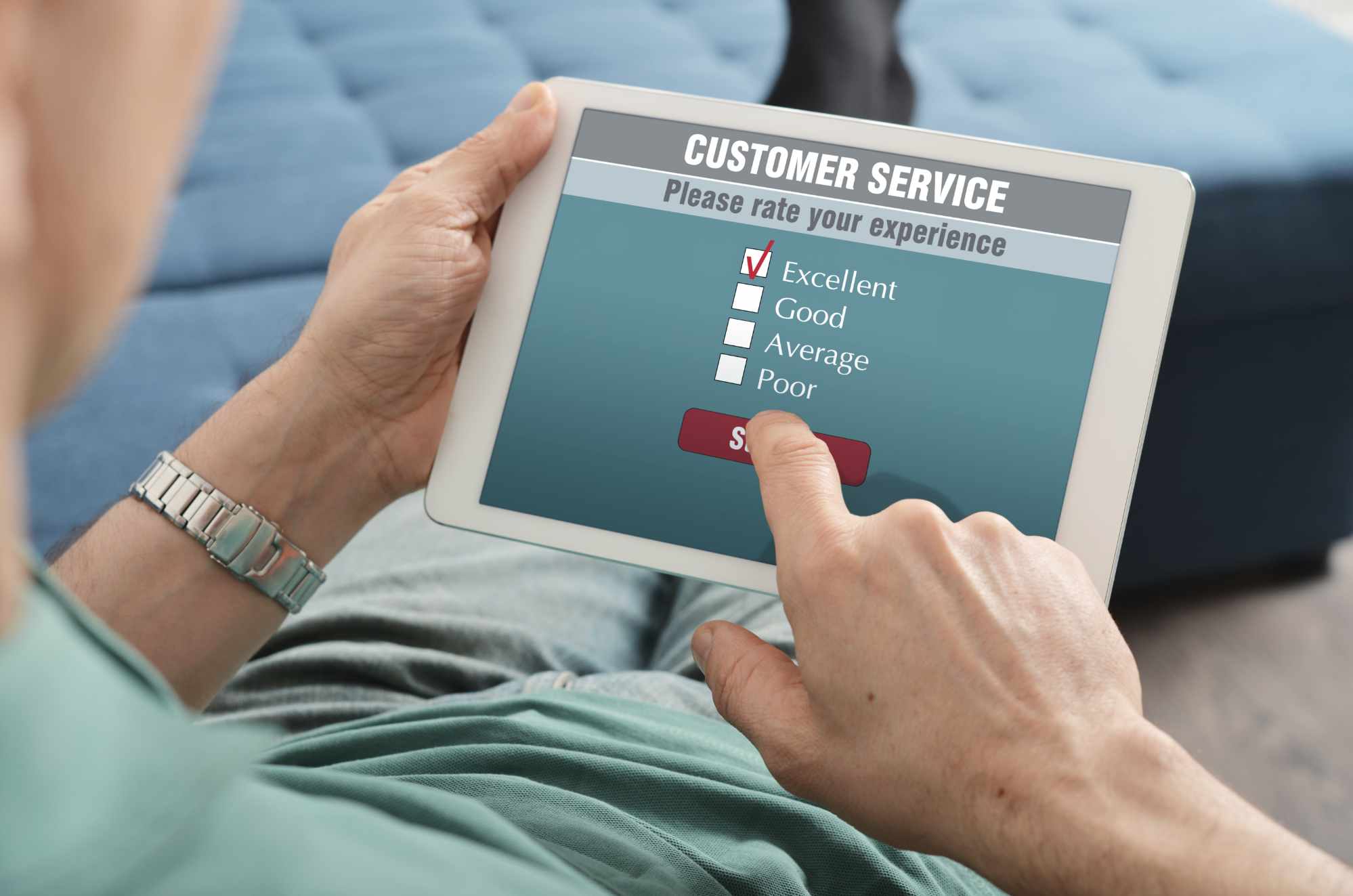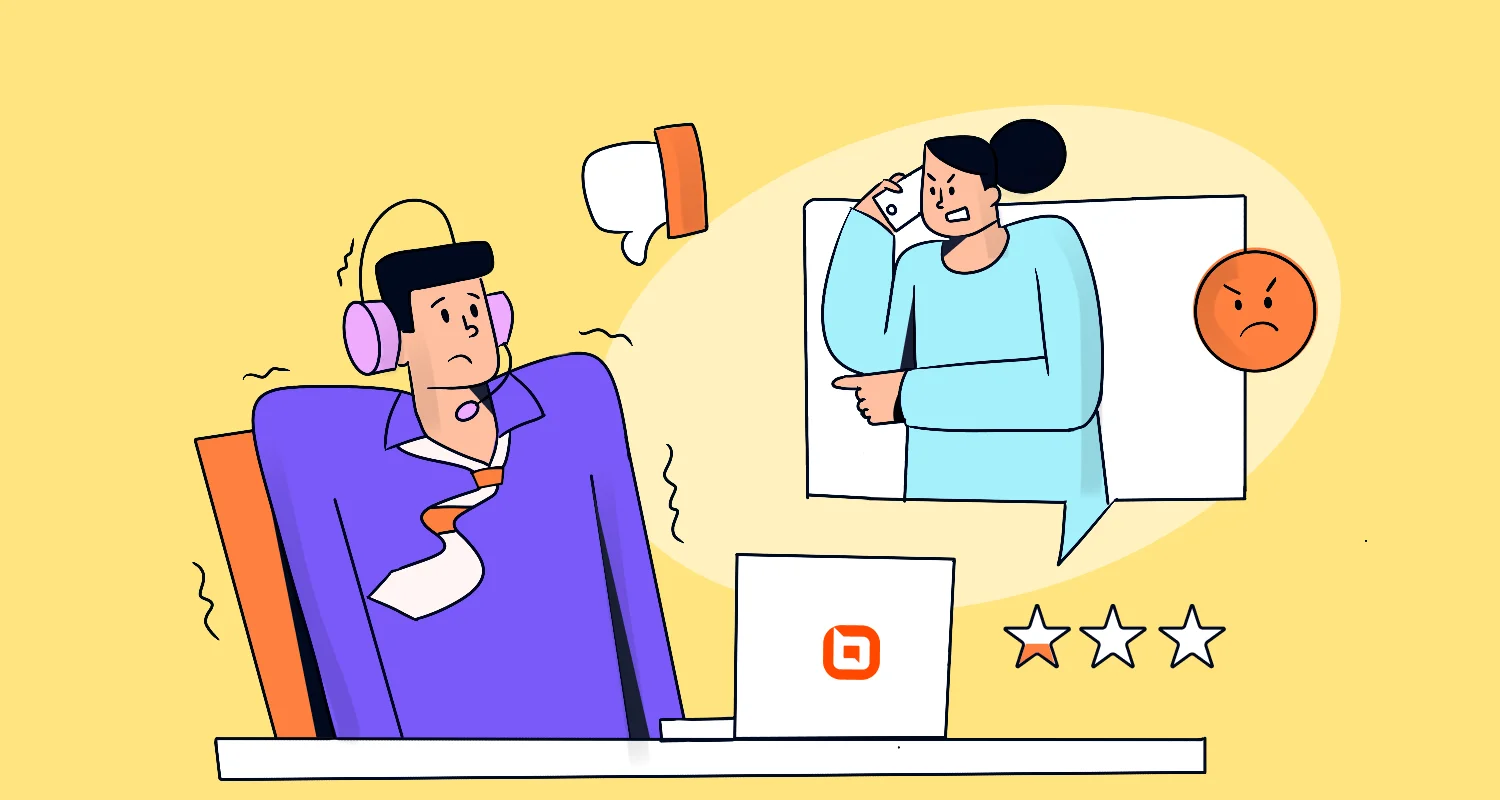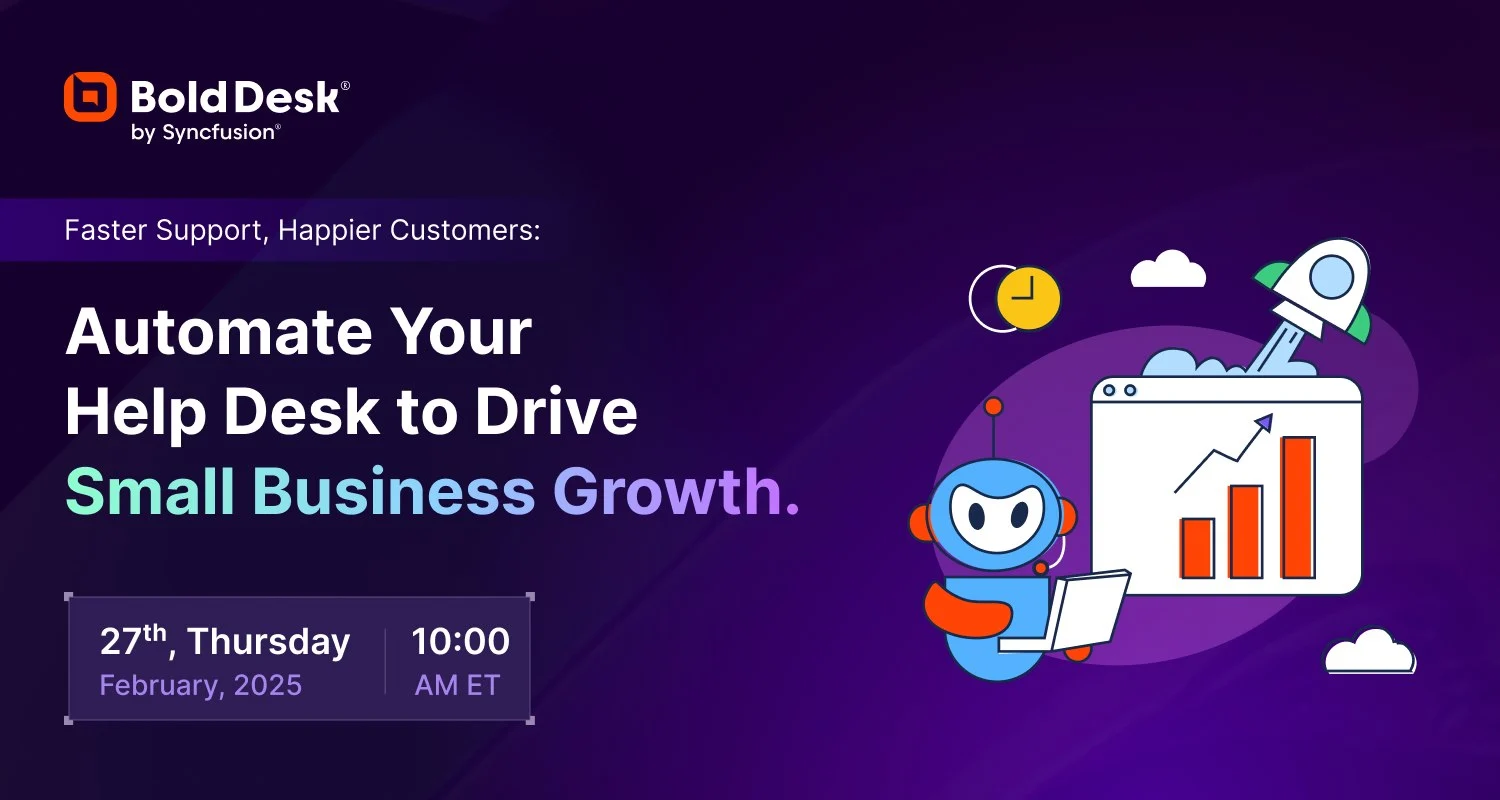In the modern world, many businesses strive to exceed customer satisfaction by cultivating strong customer relationships, and comprehending customer desires and wants throughout the entire user journey to enhance the overall product experience.
Customer satisfaction metrics offer a convenient means of assessing and quantifying customer happiness with company brands.
Consequently, they prove valuable in providing organizations with unbiased insights, tracking customer loyalty, and conducting comprehensive evaluations of overall customer success.
This blog discusses all the CSAT metrics worth measuring to get insights to improve your support offerings.
Related articles
What does customer satisfaction metrics mean?
Customer satisfaction metrics refer to solid parameters used to measure and evaluate the level of satisfaction experienced by customers in relation to a product, service, or overall customer experience.
These metrics help companies understand customer preferences, identify areas for improvement, and improve customer loyalty and retention.
What types of metrics to measure customer satisfaction?
Customer satisfaction metrics employ various tools and methodologies. Businesses aim to gather and analyze customer data by gaining valuable insights for better decision-making to improve the customer experience.
By identifying trends, views, and areas of improvement, different customer satisfaction metrics allow businesses to respond and engage with customers effectively.
Here are the key customer satisfaction metric examples businesses can utilize in different areas.
1. Net promoter score (NPS)
The net promoter score is one of the key customer loyalty metrics that assesses the possibility of customers recommending a company’s products or services to others.

By posing a straightforward query, organizations can easily classify customers as promoters, passives, or detractors, which aids in measuring customer satisfaction levels.
For example, “On a scale of 0 to 10, how probable are you to recommend our company’s products or services to a friend or family.”
Additionally, it offers a clear indication of customer loyalty and support to help improve business revenue and profit, and reduce churn rates.
2. Customer satisfaction score
The customer satisfaction score (CSAT) is measured by surveys, ratings to assess product effectiveness or service quality, and feedback forms.

Customers rate or provide reviews on their overall satisfaction with company products, services, or interactions.
CSAT scores provide insights into specific touchpoints and allow businesses to identify areas where they exceed or fail to.
The importance of tracking CSAT scores include:
- Increases in employee satisfaction.
- Boosts in customer loyalty and recurring revenue.
- Differentiating from your competitors.
3. Customer effort score (CES)
Customer effort score is a CSAT metric that evaluates the level of convenience for customers in their interactions with a company’s products, services, or support channels.
Businesses identify customer pain points and areas of improvement by evaluating the effort customers need to put in to achieve a desired outcome. However, CES is incorporated through post-interaction surveys or by analyzing customer interactions.

Generally, a higher CES score indicates low effort, meaning customers find it easier to engage with the company or its brands.
On the other hand, a lower CES score indicates lower customer satisfaction, meaning improvement should be made.
4. Customer attrition rate
The customer churn rate (CCR) rate (CCR) or attrition rate refers to the portion of customers who stop using a company’s products or services within a given period.
By monitoring customer churn, companies understand the reasons behind customer attrition and take positive measures to retain their valued clients. A lower churn rate indicates higher loyalty among customers.

By reducing churn, organizations can:
- Retain valuable customers.
- Improve overall satisfaction levels.
- Unlock more growth.
5. Customer lifetime value (CLV)
Customer lifetime value measures the predicted revenue customers will generate over the entirety of their interactions with a company.
As a result of assessing the CLV of different customer segments, businesses can identify the most valuable customers and prioritize efforts to enhance those customers’ experiences.

Improving CLV requires a comprehensive understanding of customer needs, preferences, and behaviors, enabling organizations to deliver personalized experiences and build long-term relationships.
6. Customer retention rate
Customer retention rate calculates the proportion of customers that a company successfully retains over a given period.

Statistics from Zippia show that increasing customer retention by 5% results in a profit increase ranging from 25% to 95%. Therefore, a higher retention rate indicates higher customer happiness and loyalty.
By analyzing retention rates, businesses can:
- Determine the efficiency of their customer retention policies.
- Identify areas for improvement.
7. Social media sentiment analysis
In the digital age, social media platforms have become powerful tools for customers to express their opinions and experiences.

By analyzing sentiment in social media posts, companies obtain valuable information to measure customer satisfaction.
8. Customer health score (CHS)
The customer health score is a quantitative assessment that evaluates the satisfaction of customers based on various metrics related to their experience with a product or service.
This score serves as a key performance indicator, providing valuable insight into the level of customer happiness and loyalty.
By analyzing customer feedback, ratings, and reviews, businesses can understand customer perception and make informed decisions to improve offerings and retain a customer base.
9. Customer service satisfaction (CSS)
Customer service satisfaction (CSS) assists in gauging the level of satisfaction customers have with your post-sales customer service.

This customer satisfaction metric is a significant indicator of customer contentment and is also determined by administering suitable surveys to customers immediately after their support interaction.
10. First response time (FRT)
The first response time is the initial response to an evaluation of customer satisfaction metrics. It marks the start of an assessment of elements that measure contentment.
McKinsey reports that 79% of consumers anticipate a response within 24 hours of reporting a complaint, while 40% anticipate brands to respond within an hour.
This opening response signifies the beginning of a commitment to thoroughly investigate and analyze customer concerns to achieve certain areas of improvement and enhance the overall customer experience.
Ways to improve your CSAT metrics
Boosting clients’ happiness requires a comprehensive approach involving various business operations. Measuring customer service metrics to understand their satisfaction can lead to a more positive and fulfilling experience for customers.
Offering high-quality products
Numerous businesses utilize customer satisfaction metrics better by consistently delivering high-quality products and services.
This requires a focus on continuous improvement and innovation, ensuring that offerings align with customer preferences and evolving market trends.
By regularly seeking customer feedback and conducting market research, businesses can identify areas for improvement and tailor their offerings to better meet customer need.
Effective and efficient communication
Clear communication with customers through various channels (phone, email, social media) is crucial.
Businesses demonstrate their commitment to meeting and exceeding customer expectations by building open lines of communication.

This involves:
- Actively listening to customer needs.
- Feedback.
- Promptly addressing any issues or queries customers may have.
Effective and efficient communication shows a support team’s attentiveness and commitment to customer contentment. However, seeking and listening to customer feedback helps improve products, services, and overall experience.
Training and empowering employees
Training and empowering employees, delivering exceptional service, and focusing on empathy, attentiveness, and problem-solving, significantly increases customer satisfaction levels.
By investing in ongoing training programs and empowering employees to go the extra mile for clients, businesses can create a positive and memorable experience that fosters loyalty and satisfaction.
Utilizing a customer relationship management system
Implementing technology solutions can significantly contribute to improving customer satisfaction metrics.
Utilizing customer relationship management (CRM) systems can enable businesses to effectively manage customer interactions, leading to more personalized and efficient service.
Additionally, leveraging automation tools can streamline processes, reducing wait times and enhancing the overall customer experience.
Building and maintaining a strong relationship with customers
Offering loyalty programs, rewards, discounts, or exclusive benefits can further stimulate customers to remain loyal and satisfied by developing a positive rapport with them.
Tailoring products or services to meet individual customer needs and preferences can create a sense of exclusivity and value. This can be done by utilizing customer data and analytics to understand customer behavior.
Purchase history can enable businesses to offer personalized recommendations, promotions, and experiences.
Enhance your customer support by utilizing customer satisfaction metrics
Maintaining customer desires and ensuring satisfaction is crucial for enhancing your business.
By effectively utilizing customer satisfaction metrics to assess customers’ current level of contentment, you can minimize customer churn and increase customer retention.
BoldDesk simplifies all of this, making it easier for you. During a free trial, you will have the ability to gauge customer satisfaction with feedback. Please contact us to book a live demo and see how you can customize BoldDesk to improve your satisfaction score. For any questions regarding BoldDesk, feel free to reach out to us on the BoldDesk support team or leave a comment below for any suggestions and inquiries on customer satisfaction metrics.




